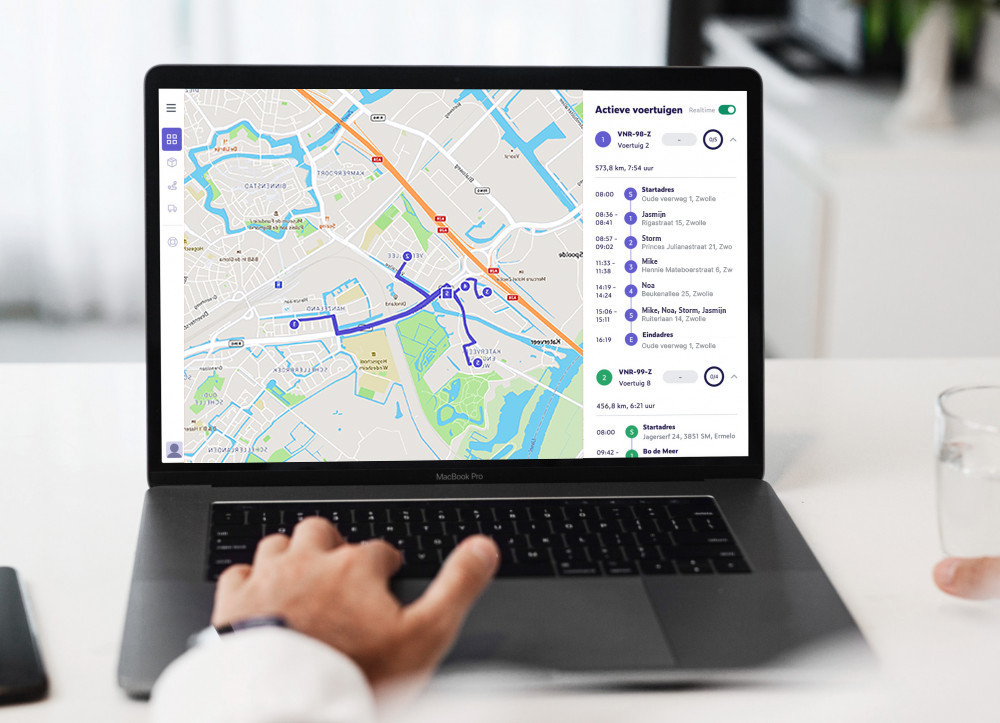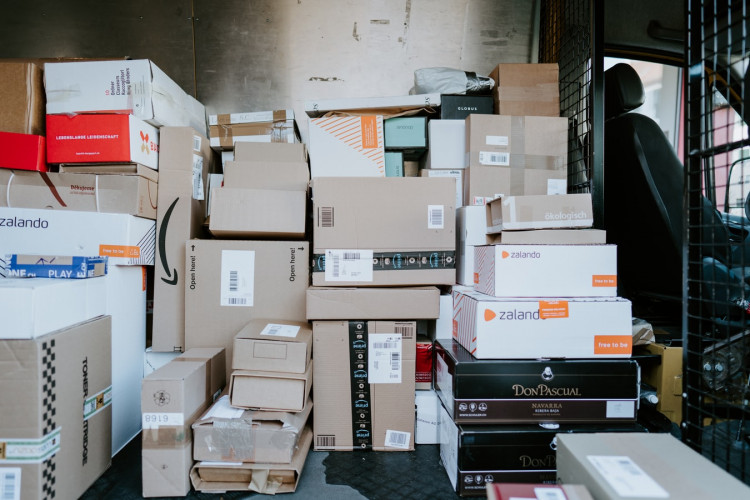From idea to reality: the birth of the Qarry
It all started six years ago during Lorenzo's college years at TU Eindhoven, where he studied Logistics & Operations Management. However, the inspiration for the [Qarry really emerged when he temporarily put his master's degree on hold and moved to San Francisco. There he noticed something: everything could be ordered through an app, from groceries to cabs to packages. But behind this convenience was a big logistical problem.
Back in the Netherlands, Lorenzo decided to focus his graduate research on this and discovered that the bottleneck in urban logistics was not the software, but rather the vehicles. The existing supply was not efficient enough. Lorenzo's solution? A small, agile and fully electric vehicle specifically for urban logistics. Thus, the Qarry was born.
What makes the Qarry unique?
The Qarry is a compact, electric vehicle designed for transportation in and around cities. But what makes it so special?
- Huge load capacity: The Qarry can carry 40 euro crates or 210 shoe boxes.
- Maneuverability: Thanks to its small turning radius and compact size, it navigates effortlessly through narrow streets and past bollards.
- All-electric: The Qarry is ready for zero-emission zones and offers a range of up to 83 kilometers. This is even expandable to 160 kilometers with the long-range version.
- High quality and service: The vehicle is of automotive quality and Qarry offers a comprehensive service department to minimize downtime.
The challenges of a startup in the mobility industry
The road to success was not easy. The first five years were all about development, prototyping and attracting investment. One of the biggest challenges was finding the first customers who dared to embrace the concept.
“The first five years you are basically just developing,” Lorenzo explains. “It starts with an idea, building a prototype and then you have to convince customers that your solution offers real value.”
Now, six years later, many Qarry's are already driving around the Netherlands and Belgium. Especially in Amsterdam, the vehicle is a familiar sight, and more and more cities are following.
Who uses the Qarry?
The Qarry is used by entrepreneurs in three sectors. In the food sector, these are caterers, catering suppliers and delivery services. In the delivery sector, parcel services and retail suppliers mainly use the vehicle. Last is the service sector, which often involves installers, cleaning companies and painters.
For these companies, the Qarry offers a cost-saving alternative to expensive electric vans, which often cost upwards of €40,000 to €50,000.
Last-mile delivery and the future of urban logistics
Urban logistics has been in a state of flux for some time. Zero-emission zones, busier traffic and the rise of online retail require smarter transport solutions. This is where the Qarry responds perfectly.
Lorenzo sees three main trends. First, efficiency is becoming increasingly important as companies focus on operational excellence and look for ways to save both time and costs. In addition, electrification is inevitable. Due to zero-emission zones and sustainability goals, a transition to all-electric vehicles is taking place. Finally, companies are investing in better working conditions for drivers as good staff is scarce and companies are focusing on comfort and convenience for their drivers.
The ambition: the electric reincarnation of the Piaggio Ape
Where will Qarry be in five years? According to Lorenzo, the ambition is clear: international growth and a larger fleet. He sees the Qarry as the modern, electric successor to the Piaggio Ape, the iconic Italian three-wheeled vehicle that has been produced millions of times.
Our goal? To achieve at least the same success as the Piaggio Ape, but fully electric and even more efficient.
Listen for the full story
This is just a glimpse into the fascinating story of Lorenzo Engelen and [Qarry](https://www.qarry.com/). To discover the full experience and all the ins and outs, we invite you to listen to the entire podcast episode on Spotify.
Listen to the podcast for all the details.




